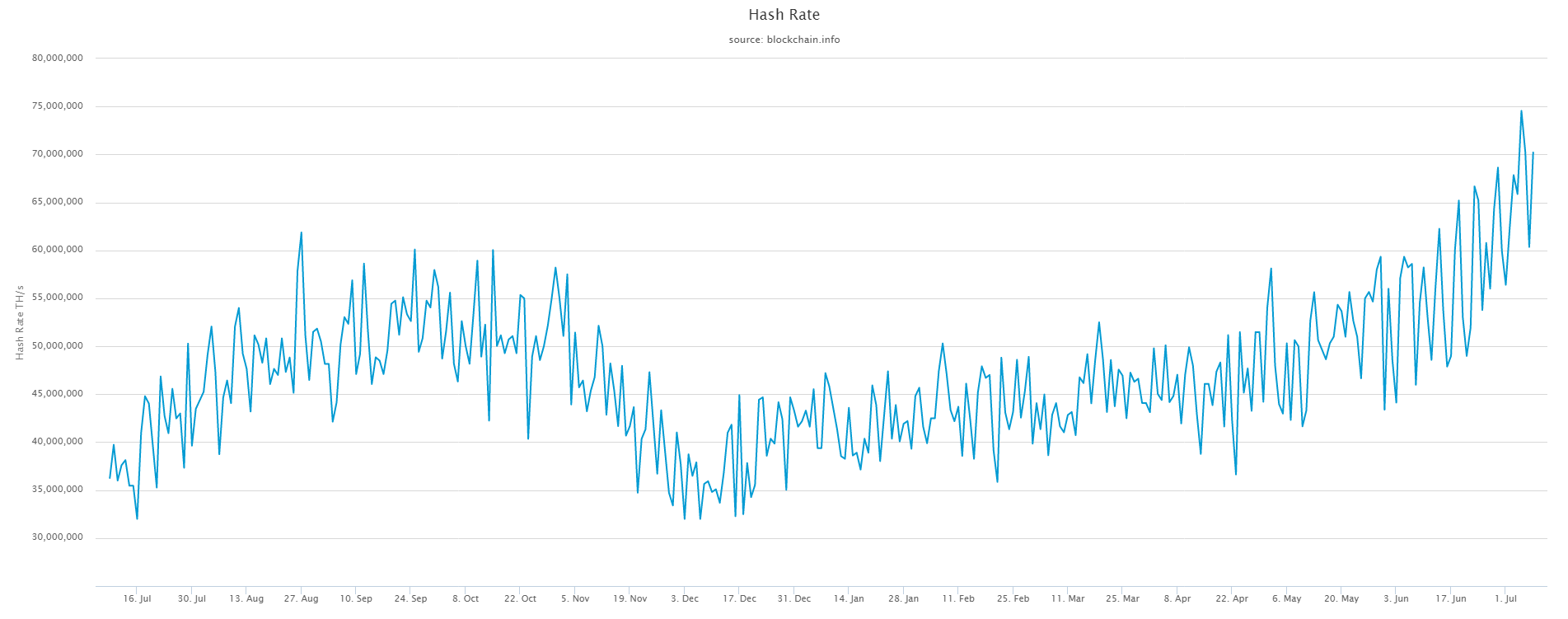The Bitcoin hash rate is one of the most discussed topics among media channels and cryptocurrency enthusiasts. Still, there are many misconceptions about how the hash rate works and its true purpose. Is it to secure the network? Is it to make the Bitcoin blockchain immutable by design? Is it to foster competition between network participants?
In this guide, I will go over how the Bitcoin hash rate works and its different purposes. However, before we dive deep into why the hash rate is so important, I would like to briefly mention two people who envisioned an energy-based currency almost 100 years ago, as it is deeply connected to how Bitcoin works today.

The original post in the New York Tribune is available here.
In 1921, Henry Ford called for an energy-based currency because it would enable people to participate in the minting of coins – taking that power away from central banks and kings.
Thomas Edison – one of the most influential people of his time – was also part of the Energy Currency project, and their original goal was to set up a currency which would convert energy (Kw) into USD at a 1:1 ratio.
It’s interesting how these two intrepid entrepreneurs considered the absolute need for the distribution of minting among participants – a similar model to what we want to achieve today with Bitcoin’s hash rate.
The Bitcoin hash rate: What is it?
The Bitcoin hash rate is defined as the number of hash operations carried out in a certain amount of time – or essentially the speed of a miner’s performance. The hash rate is an important factor in the logistics of cryptocurrency mining and blockchain operations, and something that is often evaluated and discussed in cryptocurrency communities.
In a sense, hash rate is a measuring unit that refers to how much power a cryptocurrency network continuously consumes to remain functional. Different cryptocurrencies have different hash rates – that is, they require different overall computational power to function.
Hash rate is only attributed to Proof-of-Work cryptocurrencies, as it is the only consensus algorithm that requires massive energy expenditure (depending on the variant) to validate blocks.
How does it work?

Hash rate is connected to two things:
A. How powerful your hardware combination is
B. How powerful the combined hardware of the entire community is
As explained above, the higher the hash rate, the higher the likelihood you get to validate blocks and earn both block rewards and transaction fees, which is the goal for miners. So, the incentive of miners is to have as much hash rate as possible. To do that, they need to spend money on both hardware and continuous energy to keep their hash rate high.
Another important aspect of the hash rate is how it fluctuates. To fully understand what defines how high/low a hash rate is, we need to look at the number of nodes validating transactions and the mining difficulty – a relative measure of how difficult it is to find a new block (how much energy one needs to spend to find a block).
The way the hash rate increases is by adding more hashing power (more hardware or miner nodes). As the difficulty to find a block increases, miners need to spend extra energy to find one block.
Is more better?

This continuous expenditure of energy coupled with the fact the PoW consensus links the blockchain data to the energy consumed by the total hash rate (energy immutability) makes the Bitcoin blockchain the most secure network of value in the world.
In essence, hash rate is a key dimension of blockchain network security because it represents how much energy one single entity needs to spend in order to alter past blocks. If you owned 51% of the hash power, how much energy would you need to spend to change history?
A higher hash rate means it’s harder to alter the blockchain, which is what gives Bitcoin its value – the fact it is immutable.
Of course, there is another factor that greatly impacts security which I haven’t covered: hash rate distribution. In essence, the more geographically dispersed nodes are, the better.
In essence, it’s important to remember that a higher hash rate does not always mean a blockchain is more secure, as the geographic location of nodes also plays a part. It’s also important to note that hash rate does not follow price, but rather the mining difficulty and cost of energy.
Disclaimer: The views and opinions expressed by the author should not be considered as financial advice. We do not give advice on financial products.
